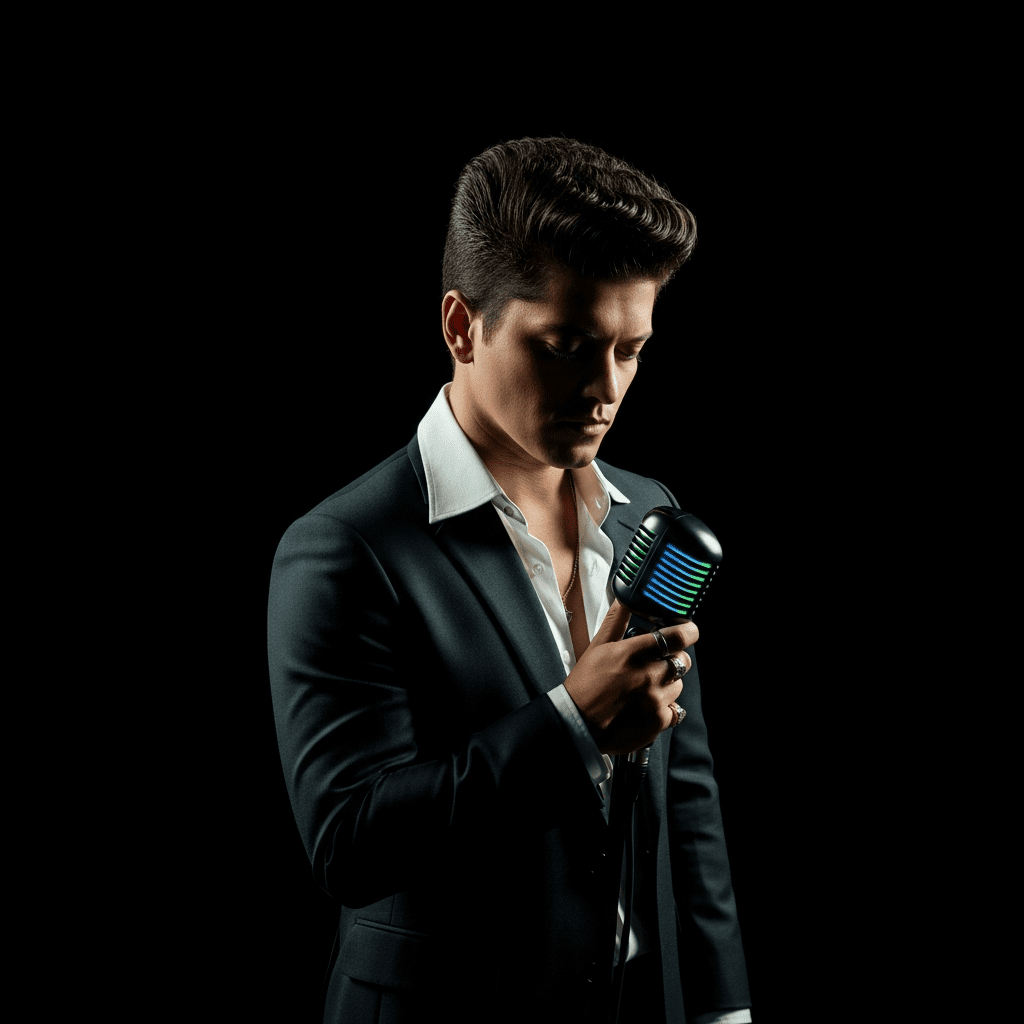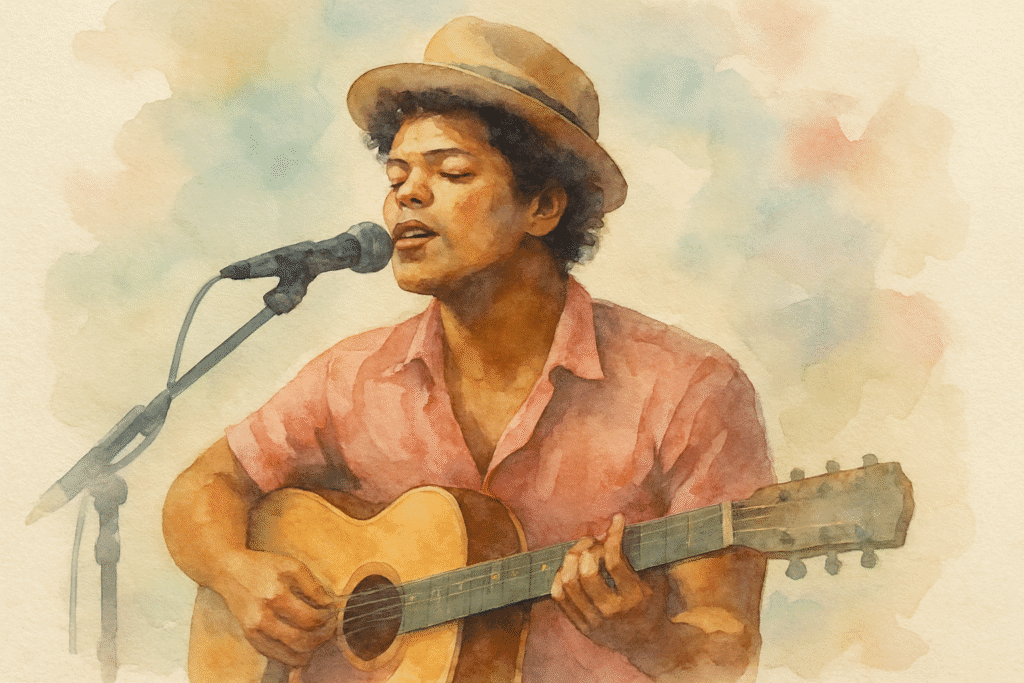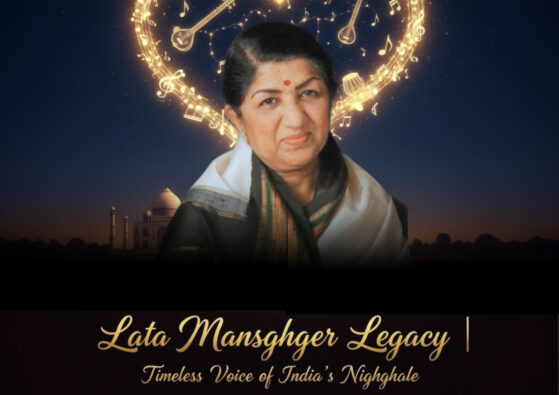Bruno Mars’ Showmanship | The Man Bringing Funk and Soul Back to Life
Introduction
In a music world often dominated by slick production, electronic beats, and autotune-heavy vocals, Bruno Mars’ Showmanship stands out as a rare breed: a modern entertainer with a nostalgic heart. He channels classic funk, soul, and R&B while delivering performances filled with energy, precision, and genuine musicality.
Bruno Mars is not just a pop star — he’s a steward of musical traditions, reviving the groove and showmanship of past eras for a new generation. This blog explores how he resurrects funk and soul, dissecting his journey, style, influence, stagecraft, and cultural impact. Through his artistry, Bruno Mars brings the past into the present without merely replicating it — he reimagines it.
1. Bruno Mars’ Showmanship | From Humble Roots to Retro Royalty

Bruno Mars was born Peter Gene Hernandez on October 8, 1985, in Honolulu, Hawaii. His upbringing was steeped in performance: his father, a Latin percussionist, and his mother, a vocalist and dancer, introduced him early to the world of live music. As a child, Bruno performed as an Elvis impersonator and later, in his teens, emulated Michael Jackson — early signs of his natural ability to not only sing but inhabit different musical personas.
After high school, he moved to Los Angeles to pursue music. He first gained recognition as a songwriter and producer, part of The Smeezingtons, penning hits for other artists. This songwriting background laid the foundation for his deep musical sensibility, which would later blossom into a solo career defined by retro influences.
His debut solo album, Doo-Wops & Hooligans (2010), brought him mainstream success with hits like “Just the Way You Are,” “Grenade,” and “The Lazy Song.” Over the years, Mars evolved — from reggae-pop and soulful ballads to full-blown funk and R&B revival on albums like Unorthodox Jukebox and 24K Magic.
2. Bruno Mars’ Showmanship and the Sound: Funk, Soul & Vintage Vibes Reborn

Musical Evolution
Bruno Mars has never been content with one musical lane. His discography spans doo-wop, pop, reggae, rock, and more. But what truly distinguishes him is his devotion to funk and soul — not as retro gimmicks, but as living, breathing genres.
On his third studio album, 24K Magic (2016), Mars went all-in on nostalgia. The album draws heavily on 1980s funk, R&B swagger, and disco polish. Tracks like “That’s What I Like” mix groovy baselines, synth-laden production, and smooth, soulful vocals. Meanwhile, songs such as “Chunky” embrace electro-funk with unabashed confidence.
Silk Sonic and 70s Soul Revival
In 2021, Mars teamed up with Anderson Paak to form Silk Sonic, releasing An Evening With Silk Sonic. This project is an homage to 1970s soul, with meticulous production and throwback instrumentation. Their hit single “Leave the Door Open” exudes rich, warm harmonies, echoing classic soul duets.
Silk Sonic’s approach is not superficial imitation — they use period-specific instruments, recording techniques, and mic setups to recreate the sonic textures of the era. Their chemistry, commitment, and respect for their influences underscore their mission: to revive soul with elegance, not parody.
Songwriting and Emotional Depth
Beyond the groove, Bruno’s songwriting bridges past and present. In ballads like “When I Was Your Man,” he showcases vulnerability and introspection, while in more upbeat tracks, he balances swagger with sincerity. His lyrical themes often revolve around love, longing, and human connection — timeless subjects delivered through a modern lens.
3. Stagecraft, Energy & Charisma

Live Performances That Captivate
Bruno Mars is more than a singer — he’s a complete entertainer. From choreography to band arrangements, his live performances are tight, electrifying, and polished. His Super Bowl halftime shows are a testament to this: blending singing, dancing, and showmanship on a massive global stage.
His backing band, The Hooligans, plays a central role in embodying the retro-funk world. Live instrumentation (horns, keys, percussion) brings authenticity and vibrancy to his performances.
Attention to Detail & Perfectionism
Mars’ commitment to excellence is legendary. In interviews, he has revealed that many of his songs were discarded and reworked multiple times before reaching perfection. This drive for perfection permeates not just his recordings but also his live shows — he wants every note, every movement to feel intentional and impactful.
Emotional Connection with the Audience
While his performances dazzle, they are never detached. He draws the audience in, creating intimate moments even in massive arenas. His ability to connect is part of his showmanship — he doesn’t just perform for the crowd; he brings them into his world.
4. Influence & Cultural Impact

Bridging Generations
One of Bruno’s most significant contributions is bridging the gap between classic and contemporary music. For many younger listeners, he is their entry point into funk, soul, and R&B traditions. At the same time, longtime fans of these genres see in him a respectful torchbearer, not a pastiche artist.
Revival of Live Instrumentation
In an era of heavy digitisation, Mars champions live instrumentation. Collaborations like “Uptown Funk” (with Mark Ronson) reminded mainstream audiences of horn sections, crisp drumbeats, and bass grooves. By bringing these elements back to pop and R&B, he contributes to a renewed appreciation for musicianship.
Shaping Modern Pop with Retro Soul
His influence also extends to other artists. The success of 24K Magic and Silk Sonic has spurred a resurgence of retro-inspired music in the pop world. His success proves that nostalgia, when done thoughtfully, can coexist with innovation.
Recognition & Accolades
Bruno’s revivalist work has not gone unnoticed. He has won multiple Grammy Awards across his solo career and with Silk Sonic. These awards reflect not only his commercial success but also his peer recognition as a serious musician and cultural influencer.
5. How Challenges and Critiques Have Shaped Bruno Mars’ Showmanship and Authenticity

Navigating Authenticity vs. Imitation
Some critics argue that Mars leans too heavily on nostalgia, suggesting his work is derivative rather than original. This debate — authenticity vs. imitation — is central to discussions about revival artists. But for many, his sincerity, craftsmanship, and love for the source material validate his approach.
Cultural Appropriation Conversations
When delving into retro genres rooted in Black musical traditions, issues of cultural appropriation naturally arise. While Bruno often honors his influences, it’s important to critically engage with questions about power, influence, and homage. His work with Anderson .Paak in Silk Sonic, in which they carefully recreate 70s soul with respect and musicianship, suggests a thoughtful approach.
Maintaining Relevance
Revival artists face the challenge of staying relevant without becoming pastiche. Bruno Mars navigates this by blending the old and new — updating vintage sounds with modern production and songwriting. His adaptability has kept him commercially successful and artistically credible.
Conclusion
Bruno Mars isn’t just bringing funk and soul back — he’s making them alive again in the consciousness of today’s music lovers. With his talent, dedication, and genuine reverence for musical history, he’s a modern-day showman and revivalist.
In a world that often chases the next big trend, Bruno Mars reminds us of the timeless power of groove, the joy of live instrumentation, and the enduring magic of a soulful performance. He is a bridge between musical worlds, a keeper of tradition, and a pioneer in reviving the heart and soul of music.
Intersted in learning music with us? Register now
For more information and exciting resources about learning music, visit our website at The Mystic Keys. For more music content and exciting offers follow us on
Facebook, Instagram, YouTube, LinkedIn, Twitter, Pinterest, and Threads.







